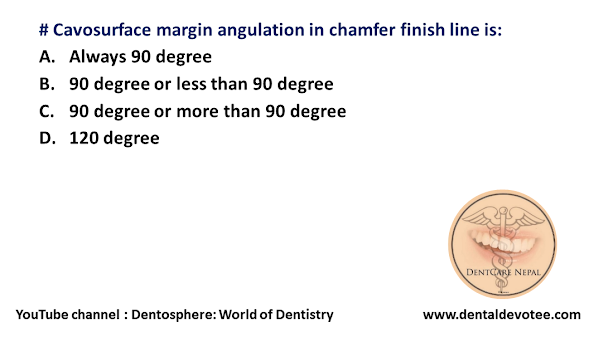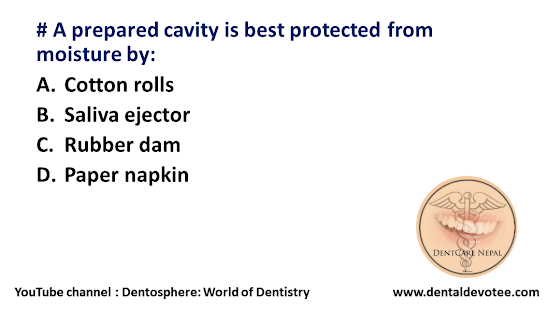# Bilateral balanced occlusion concept is given by:
A. Von Spee and Monson
B. GV Black
C. D Van
D. Sturdevant
The correct answer is A. Von Spee and Monson.
This is a type of occlusion that is seen when simultaneous contact occurs on both sides in centric and eccentric positions. Bilateral balanced occlusion helps to distribute the occlusal load evenly across the arch and therefore helps to improve stability of the denture during centric, eccentric or parafunctional movements. For minimal occlusal balance, there should be at least three points of contact on the occlusal plane. More the number of contacts, better the balance. Bilateral balanced occlusion can be protrusive or lateral balance.
There are two types of compensating curves namely:
• Anteroposterior curves
• Lateral curves
Curve of Spee, Wilson’s curve and Monson’s curve are associated only with natural dentition. In complete dentures compensating curves similar to these curves should be incorporated to produce balanced occlusion.






